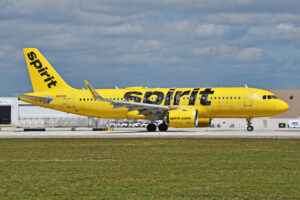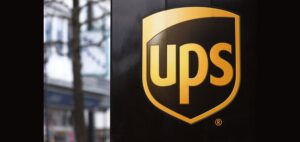AirCorps Aviation is restoring a P-51 Mustang, tail number 42-106602, nicknamed “Shillelagh,” as a tribute to World War 2 pilots.
The aircraft flew 95 combat missions over France and Germany, with its name evolving from Shillelaugh to Shillelagh (pronounced “shuh-lay-ay”) during service. One pilot, Ken Dahlberg, was shot down over France. Recovered in 2021, AirCorps began its restoration that same year.
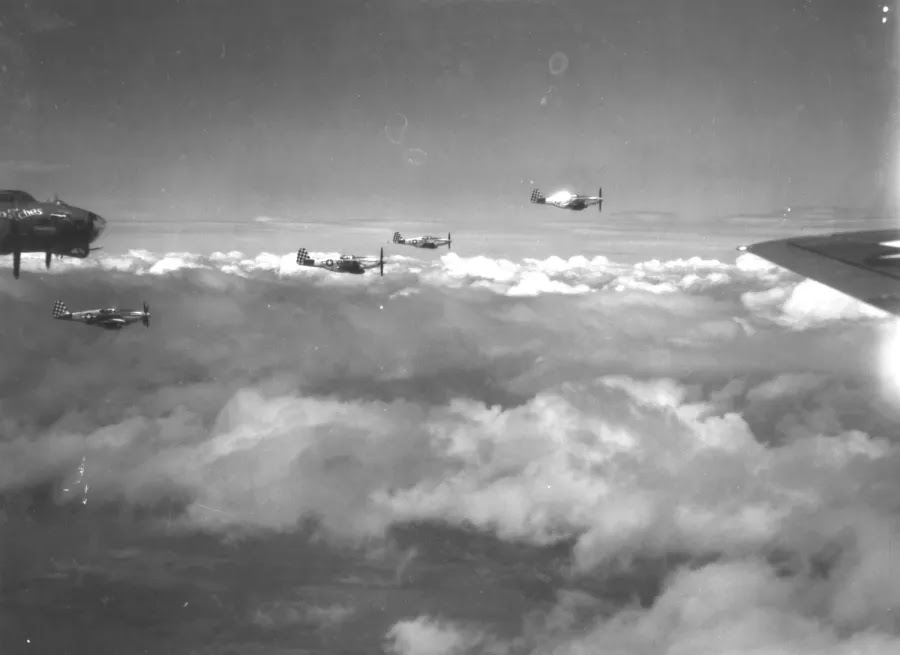
Accurate P-51 Restoration Begins with Original Plans and Documents
Restoring an old, heavily damaged aircraft is a painstaking process that begins with locating original plans and technical documents. Chuck Cravens, AirCorps Historian, said, “All [our] work is done from original engineering drawings when they are available.”
Cravens added that the company also maintains the AirCorps Library, featuring “an archive of over 532,000 warbird engineering drawings and manuals.”
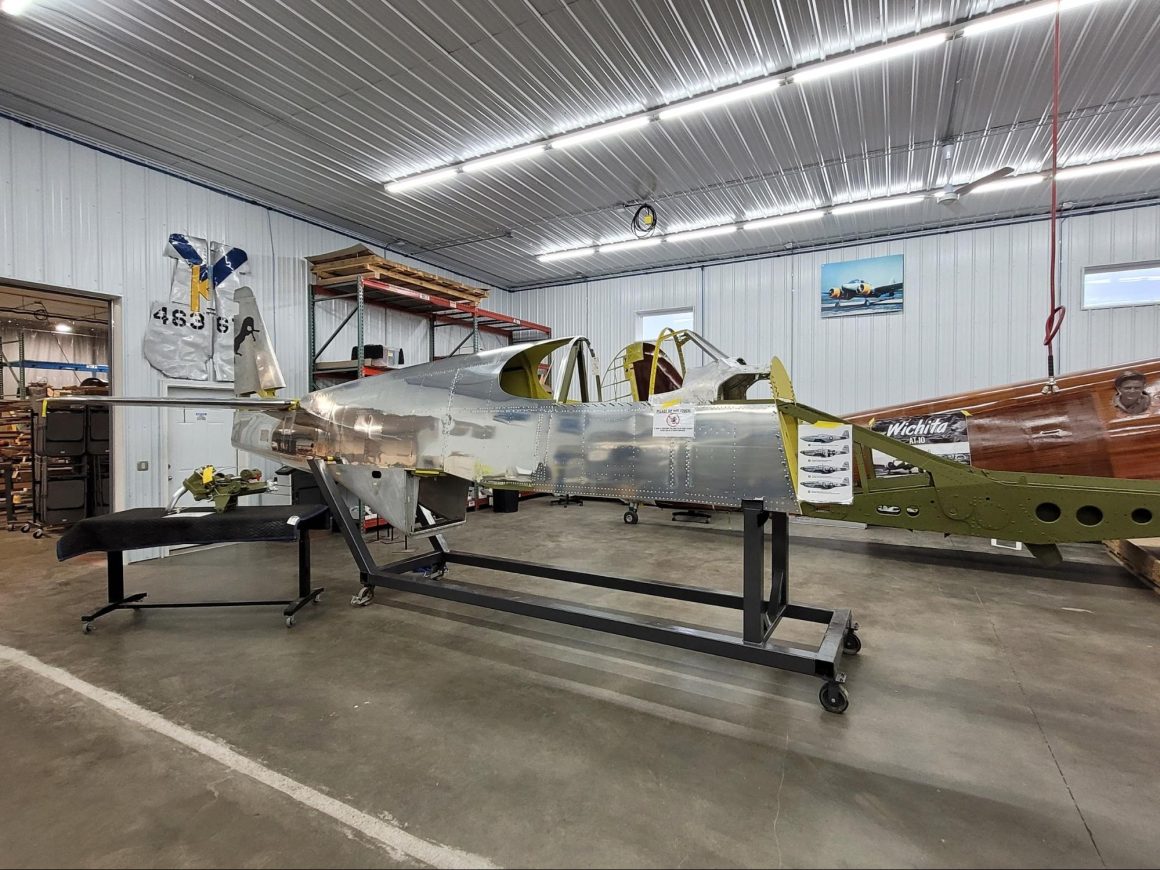
AirCorps also catalogs and archives the Ken Jungeberg Collection, which features more than 50,000 original North American Aviation engineering drawings. Craven said these were hand-drawn on vellum, a semi-transparent paper aircraft manufacturers once used for tracing and technical drawings.
Dahlberg Shot Down for the First Time
On 16 August 1944, 1st Lt. Ken Dahlberg, piloting the Shillelagh, scrambled from an airstrip near Gael to the west of Paris. Seven other P-51s, all part of the 353rd Fighter Squadron, 354th Fighter Group, took off with Dahlberg. They received word that a large force of German aircraft was approaching. Dahlberg said there were about 40 German F-109s. Later reports indicated that there were 24 Mustangs and 80 German aircraft.
During restorations, AirCorps attempts to return aircraft as close as possible to their original conditions with their original parts. During some jobs, the company occasionally discovers original signatures from the factory workers who helped build the plane.

Restorations Include ‘New Old Stock’ Parts from the 1940s
AirCorps sometimes has to turn to New Old Stock (NOS) or New Surplus (NS) parts for heavily damaged aircraft like Shillelagh. These are parts manufactured in the 1940s. NOS parts include engine mounts, rudders, landing gear, and cowlings.
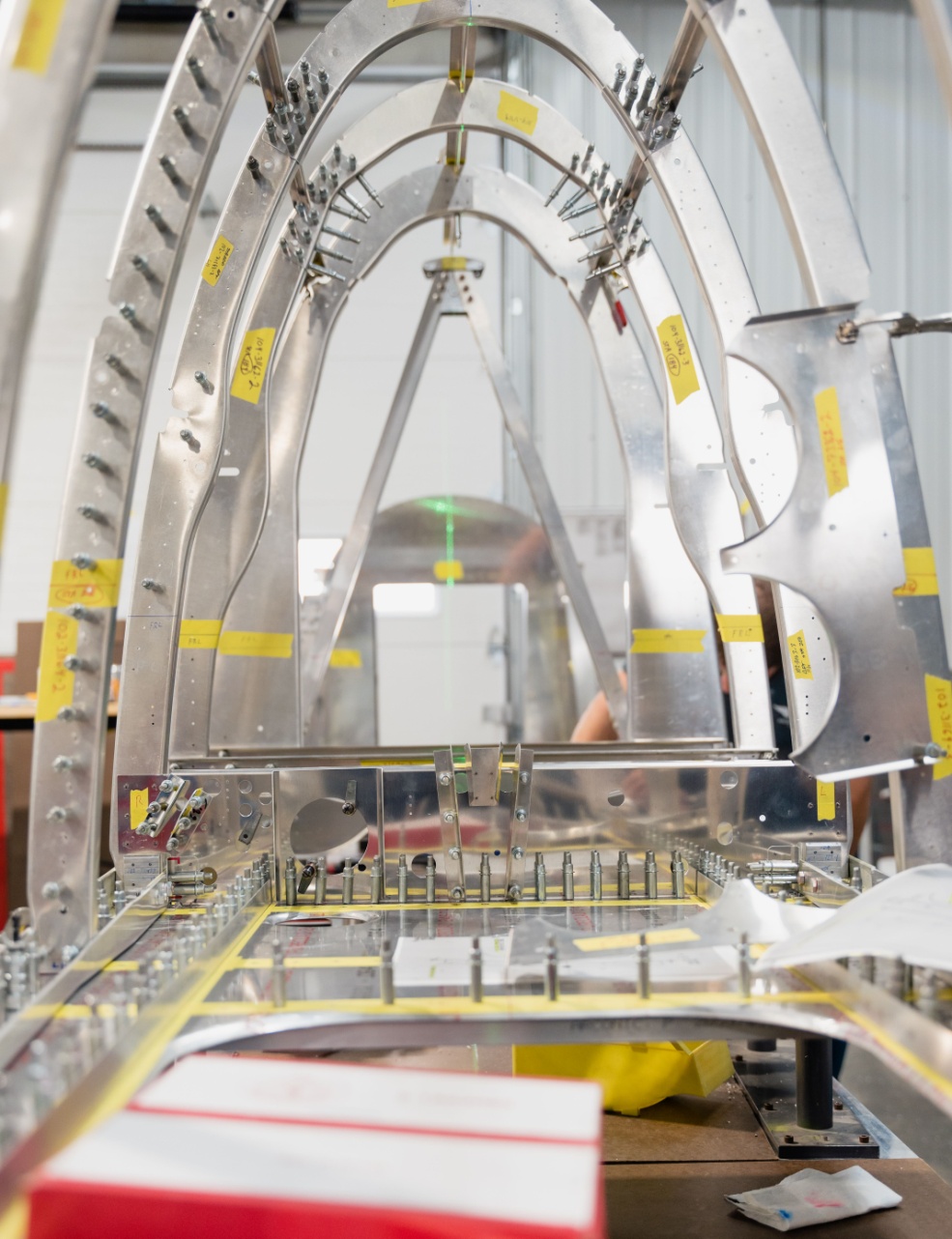
“We are fortunate to have the largest inventory of P-51 Mustang parts in the world,” said Cravens. “We use those parts to support countless P-51 operators globally. Last year, we supplied parts for about 70+ P-51 Mustangs, in addition to our own internal P-51 restorations.”
Though outnumbered, Dahlberg and the other P-51s jumped the German fighters.
“I got four of them,” said Dahlberg. “And I was going after number five, and I got a little careless, and somebody got me. I bailed out at 10,000 feet.”
Dahlberg landed on the estate of a wealthy French family. Luckily for him, they were part of the French underground. They gave him a place to hide from German patrols that might be looking for him.
AirCorps Fabricates Some Components
When original parts are unavailable, AirCorps relies on its fabrication, engineering, and component overhaul departments. It also fabricates parts using 3D Computer-Aided Design (CAD) models and CNC machines.
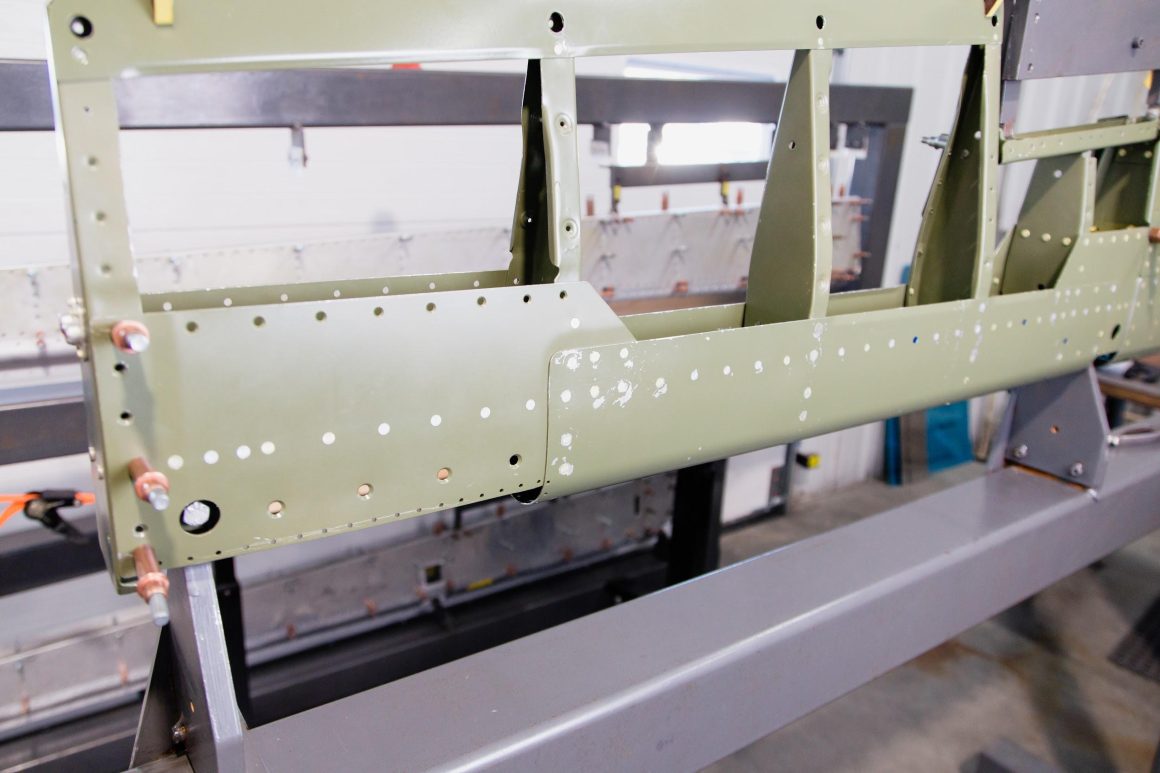
Cravens said the original aluminum skin is often no longer airworthy or doesn’t meet the owner’s requirements for the restoration’s finish. AirCorps has the materials and tools to fabricate new skins in those cases. The company also makes P-51 parts, such as coolant header tanks and brake assemblies.
The company uses old and new tools and equipment for its restoration projects. Cravens said they have even restored some older tools for use on the aircraft. One example they have is a 1940s-era 1,500-ton capacity hydraulic Dominion press. This tool helps form sheets of aluminum into shrouds and other components. It is also common for AirCorps to work with external shops and vendors.
AirCorps Works with Other Shops and Vendors
“We have built long-standing relationships with owners and restorers all around the world, in addition to shops who specialize in things like accessories, instruments, engines, and other critical parts,” said Cravens.
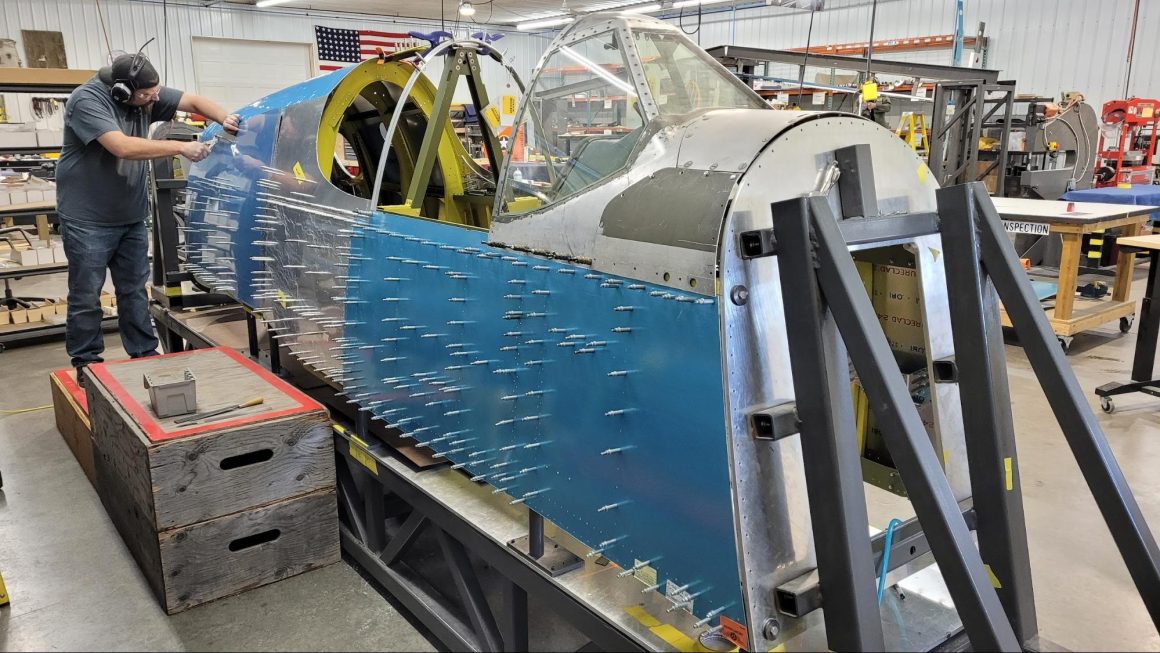
The French family gave Dahlberg civilian clothes and a bicycle and helped him pass through German lines to return to the Americans. He pedaled the bicycle 40 miles to reach American forces. When he returned to his unit, he had been gone for less than 48 hours, so they hadn’t even listed him as missing in action.
The restoration work by AirCorps is a combination of safety and originality. All of its work and parts are FAA-compliant. To ensure the safety of its projects, it installs modern components like emergency fuel systems and oil bypass/chip detection equipment. At the same time, they maintain historical accuracy when possible. On a recent restoration of a P-51D, they included World War 2-era tube radios. The Shillelagh will also have original radios, but they will not function and will only be for looks.
“Safety overrides originality,” said Cravens.
Dahlberg Shot Down for the Second Time
Dahlberg quickly returned to the cockpit as his unit converted to P-47 Thunderbolts. On 26 December 1944, he was flying a mission during the Battle of the Bulge and was shot down again. He landed behind German lines, and a brave U.S. tank crew rescued him.
Captured by the Germans after Getting Shot Down for the Third Time
His combat flying was still not over. Two months later, on 14 February 1945, Dahlberg was shot down for the third time. He was flying another P-47 on a ground attack mission near Bitburg, Germany. His aircraft was hit by 88-mm flak, and he bailed out. This time, he was not so lucky. The Germans captured Dahlberg, and he spent the next three months as a POW in a prison near Munich. He was released on 29 April 1945, as the war in Europe wound down, and returned to the United States in June 1945.
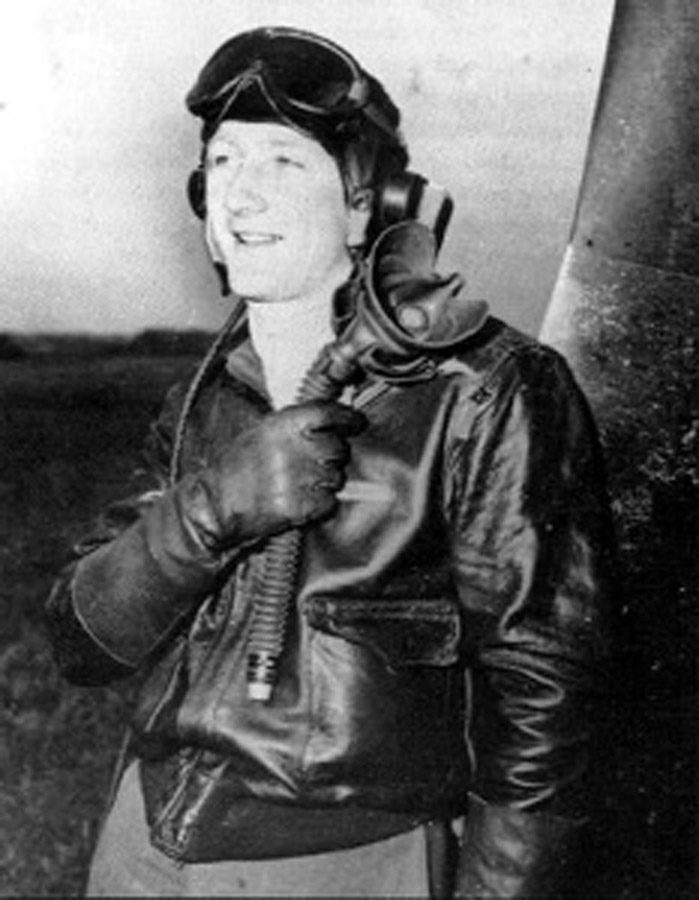
During the Second World War, Ken Dahlberg achieved the rare triple-ace status, shooting down fifteen enemy aircraft and damaging two others. He flew in support of the D-Day invasion and the Allied advance during 1944 and 1945. He was promoted to Major and received numerous awards and decorations, including the Distinguished Service Cross. May we never forget the contributions of both Dahlberg and the P-51B Shillelagh.
Total
0
Shares
Credit: avgeekery.com

